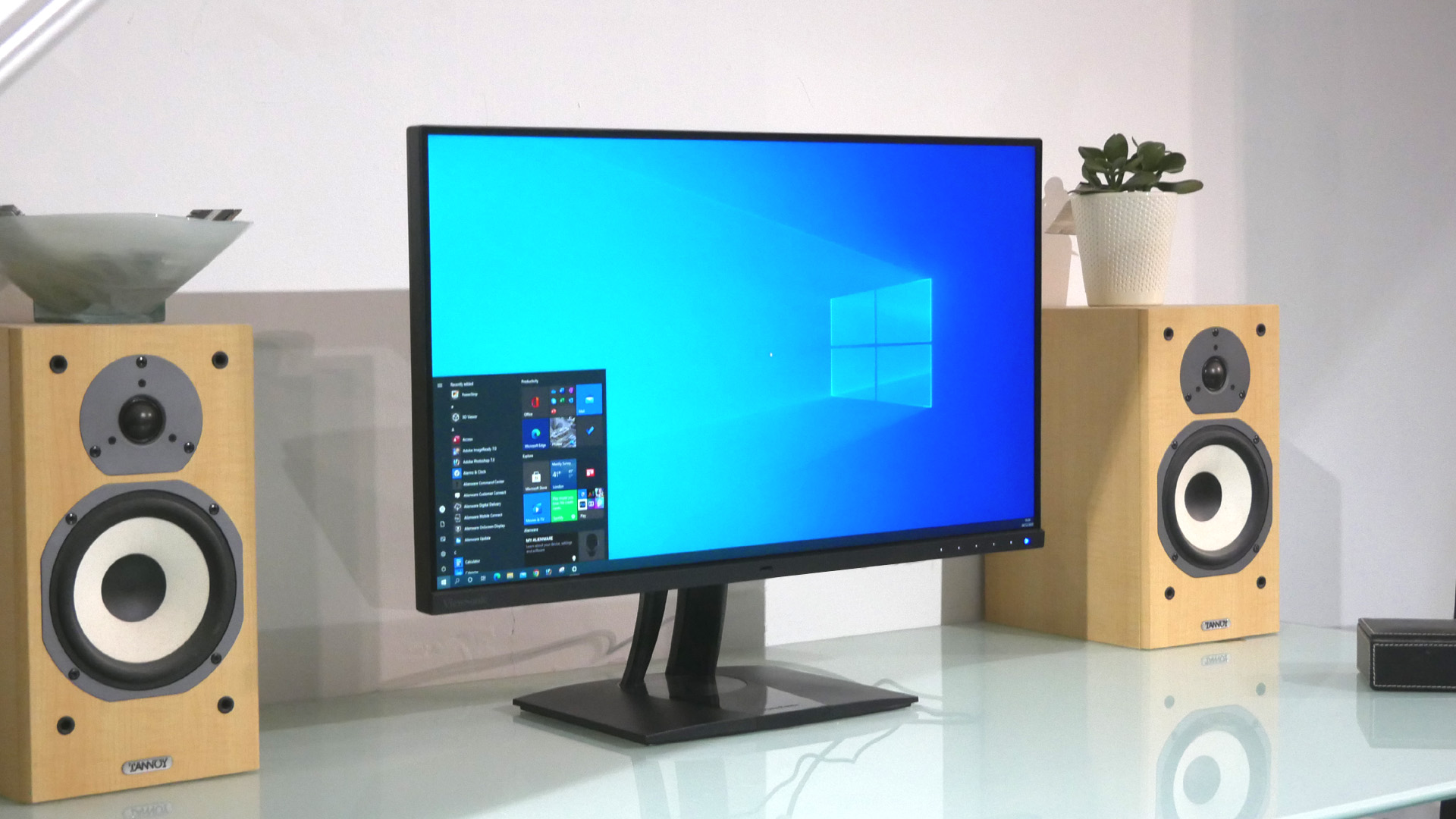TechRadar Verdict
Viewsonic’s new 1440p content creation panel includes USB-C connectivity but is a little imbalance out of the box.
Pros
- +
More cost effect than 4K
- +
Excellent color coverage
- +
USB-C connectivity
Cons
- -
Slightly wonky default calibration
- -
No good for 4K workflows
Why you can trust TechRadar
Go 4K or go home. That’s increasingly the assumption when it comes to high quality productivity and content creation displays. UHD or 4K is the resolution of choice. Viewsonic, however, would beg to differ. Its dissenting opinion takes the form of the new Viewsonic VP2785-2K.
Overall: 4
Design: 3.5
Features: 4.5
Performance: 4
Usability: 4.5
Value: 4
It’s a thin-bezel 27-inch monitor with a high quality IPS panel. Bolstering that core proposition is wide color coverage, extensive configurability and calibration options, plus USB-C connectivity complete with support for device charging. But instead of the usual 3,840 by 2,160 pixels of the 4K masses, the VP2785-2K sports an old school 2,560 by 1,440 native, otherwise known as 1440p.
The immediate upshot is twofold. For starters, the VP2785-2K is cheaper than otherwise comparable 4K SDR content creation monitors. Then there’s the impact of 1440p versus 4K in terms of visual detail, desktop space and support for 4K workflows. Not to state the obvious, but if your workflow demands full 4K, this monitor is a non starter. For everyone else, it’s an intriguing alternative to the 4K norm.
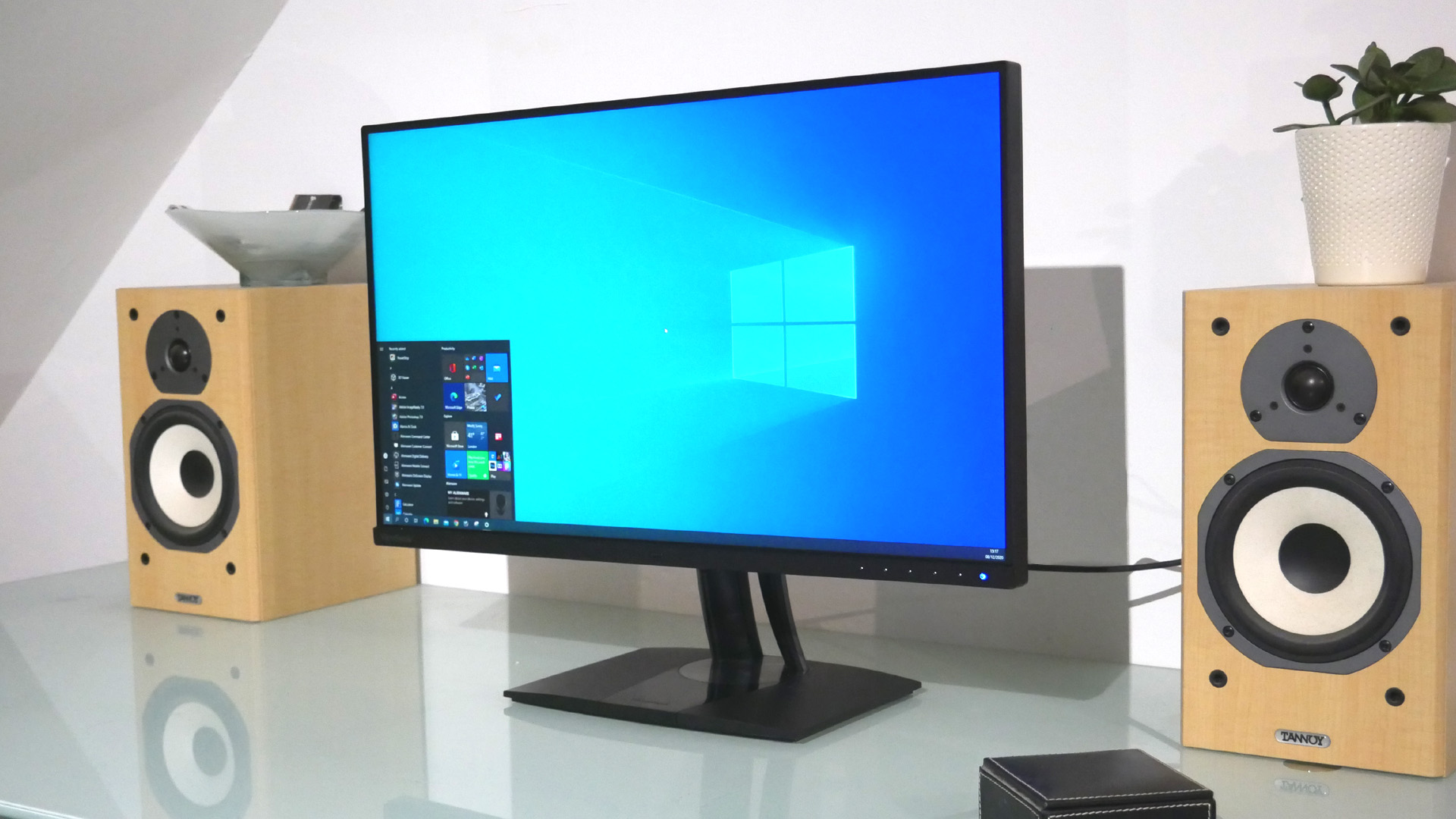
Price and availability
At $509 in the US and £554 in the UK the Viewsonic VP2785-2K clearly undercuts most otherwise comparable displays that offer 4K rather than 1440p native resolution. Indeed, Viewsonic released a 4K version of this very monitor, the Viewsonic VP2785-4K, back in 2017 with a launch price of $1,200.
It has since slipped down to around $750 / £885. So the gap has narrowed. But you still have to stump up significantly more for 4K. Just note the comparisons here involve 4K monitors with both wide color coverage and USB-C connectivity. Not just any old 27-inch 4K IPS panel.
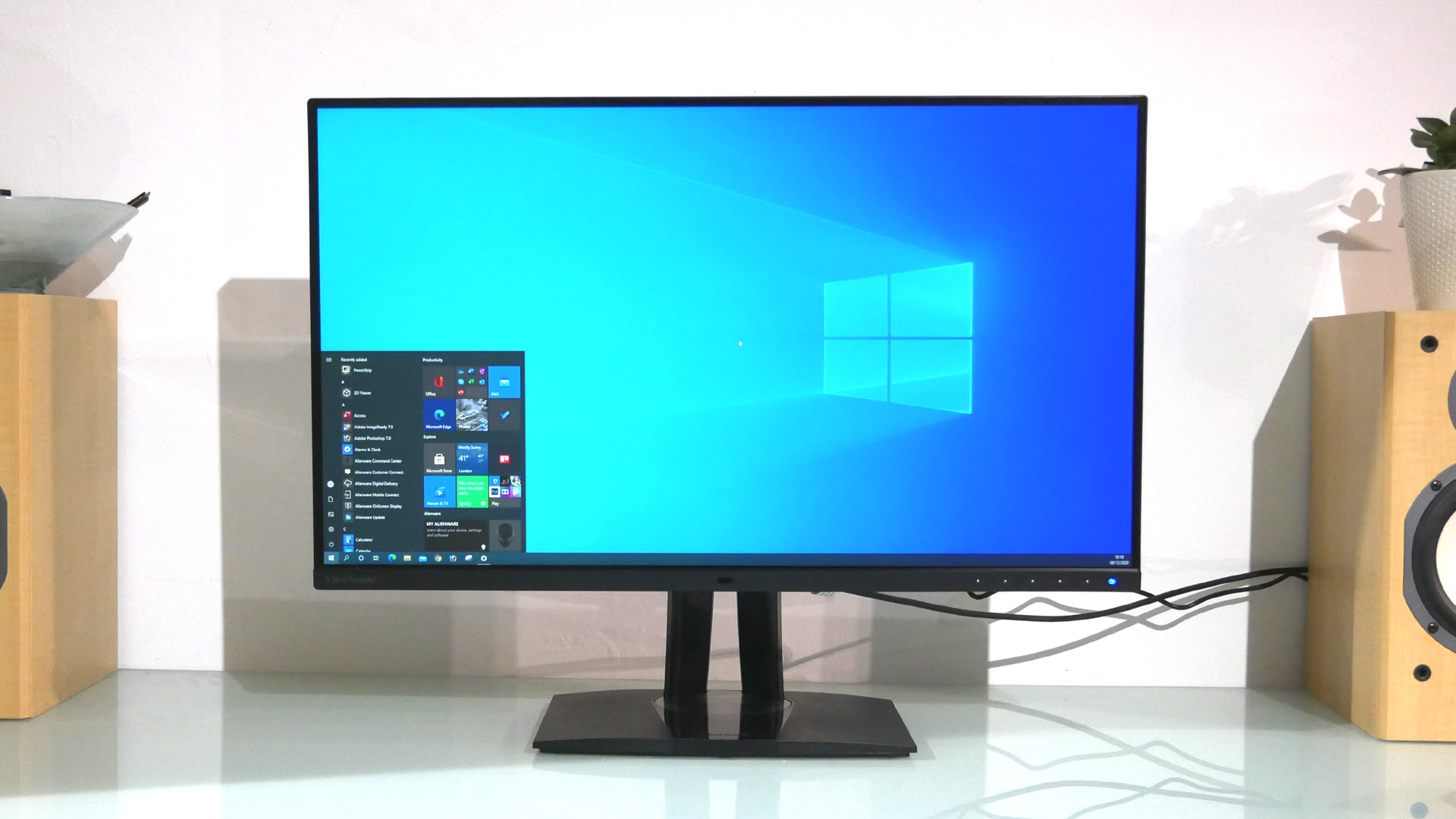
Design and features
With slim bezels on three sides of its 27-inch IPS panel, the Viewsonic VP2785-2K cuts a fairly contemporary dash. The battery of soft-touch OSD controls on the bottom right, each denoted by a tiny LED, looks pretty slick, too.
On the other hand, the VP2785-2K’s base and stand are a little clunky and take up quite a bit of desk space for what is a fairly compact monitor, overall. But at least you get a full range of adjustment, including rotation into portrait mode. Another minor demerit from a design perspective is the external power supply. An integrated unit would be preferable.
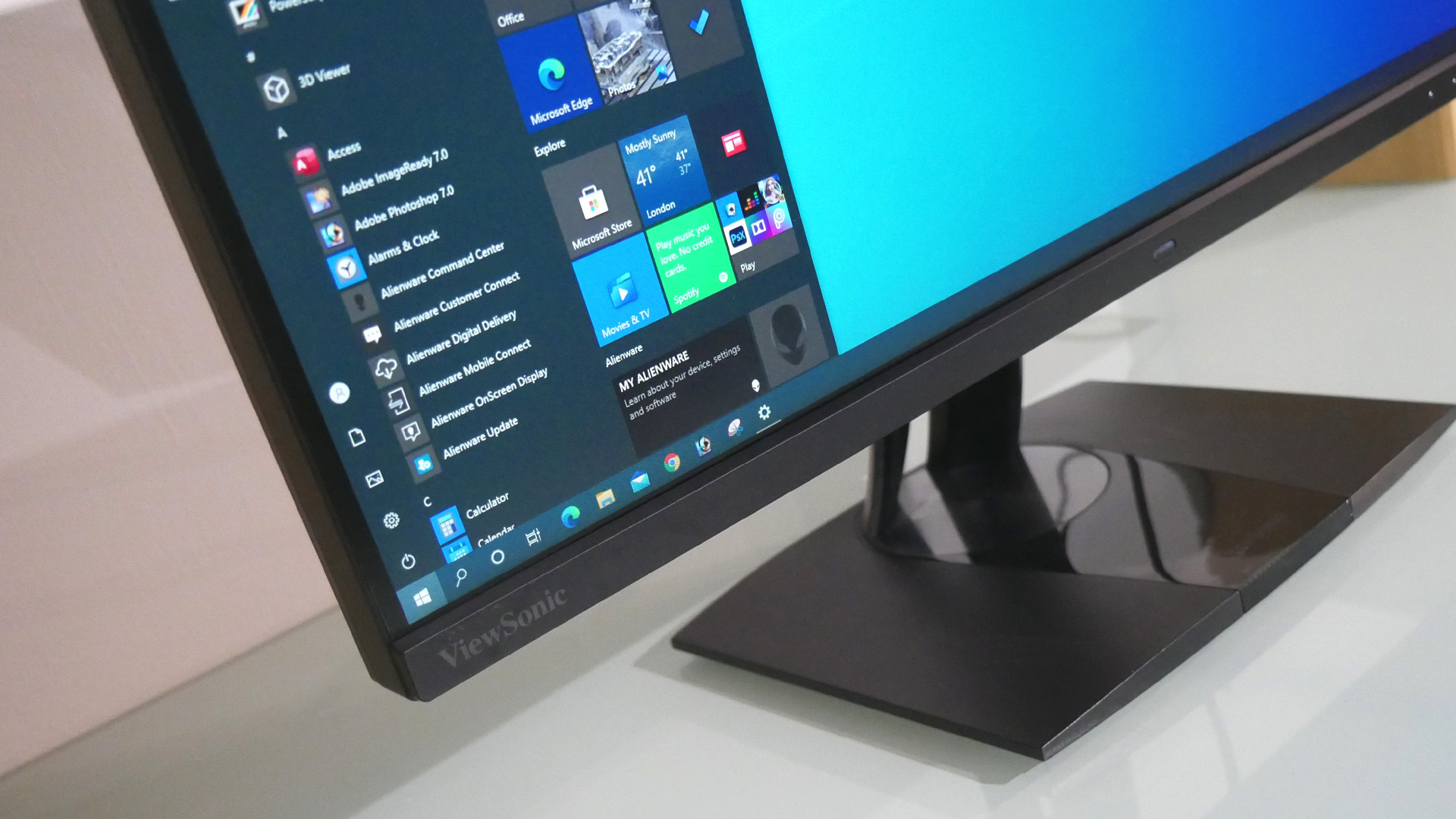
That’s especially true in the context of the USB-C connectivity. It’s the full job including 65 watts of device charging support.
Panel size 27-inch
Panel type IPS
Resolution 2,560 x 1,440
Brightness 300cd/m2
Contrast 1000:1
Pixel response 5ms
Color coverage 100% AdobeRGB, 96% DCI-P3
Refresh rate 60Hz
Vesa 100mm x 100mm
Inputs 2x DisplayPort 1.2, HDMI 1.4, USB C with 60W charging
In other words, you can use a single cable to hook a laptop up to the VP2785-2K, drive the display, charge the laptop itself and connect various peripherals like mouse, keyboard and memory card readers.
Once you’ve experienced USB-C for connecting a laptop to a monitor, you won’t want to go back to a fussy, messy, multi-cable solution.
Of course, the main attraction here is image quality with Viewsonic rating the VP2785-2K good for fully 96 percent coverage of the DCI-P3 gamut along with 100 percent of AdobeRGB. Both of those spaces are available as presets in the comprehensive OSD menu, along with several other workflow-relevant gamuts.
Factory calibration with a guaranteed Delta E below two is also on the feature list.
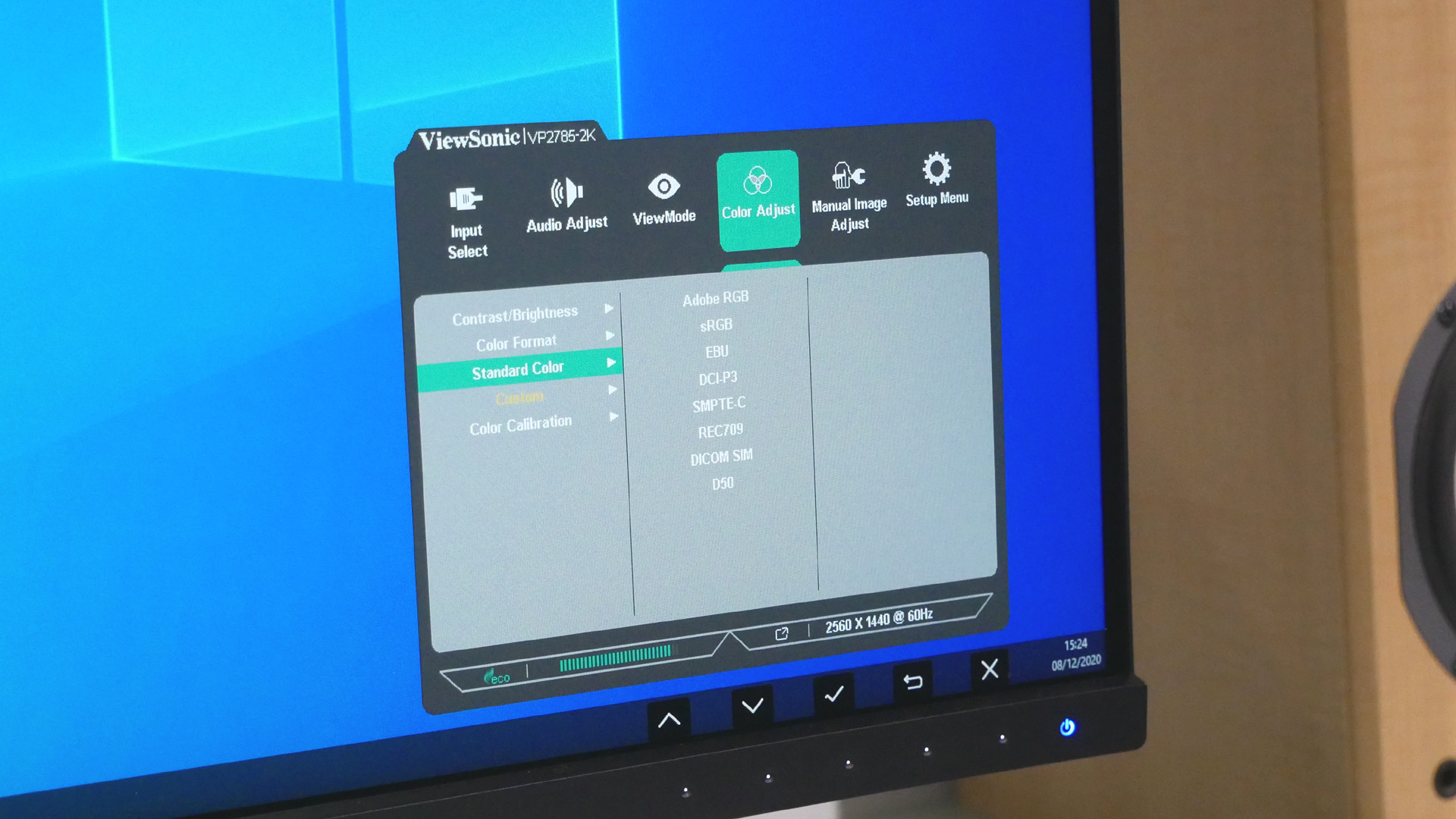
Then there’s 14-bit LUT support, resulting in a palette of 4.39 trillion colors. Finally on the subject of color accuracy and content creation, the VP2785-2K is a Class A FograCert Softproof Monitor, which implies a high level of reliability in terms of visual match between this display and printed materials.
For the record, this is an unapologetically SDR monitor. For HDR thrills and content creation, you’ll need to look elsewhere.
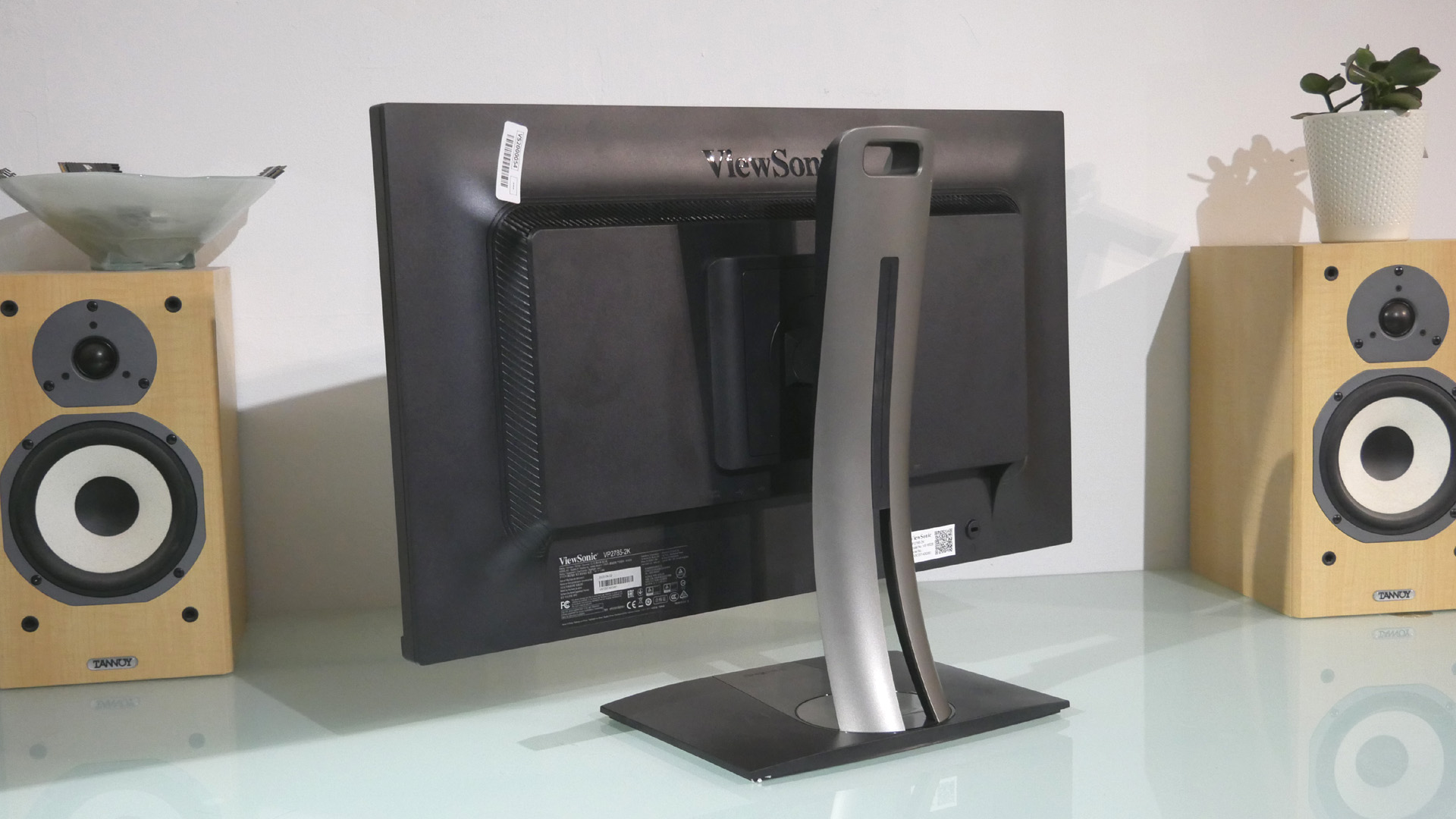
Performance
Immediate impressions of the Viewsonic VP2785-2’s real-world performance are mixed. Despite the advertised factory calibration, a slight imbalance is obvious right away with flesh tones pushed towards the pink and the overall color temperature a little warm.
That’s an undeniable disappointment given the content creation and color-accurate remit, especially as it’s carried over into the various color space presets. That said, with full hardware calibration support, dialing this display in for a given workflow should not be a problem.
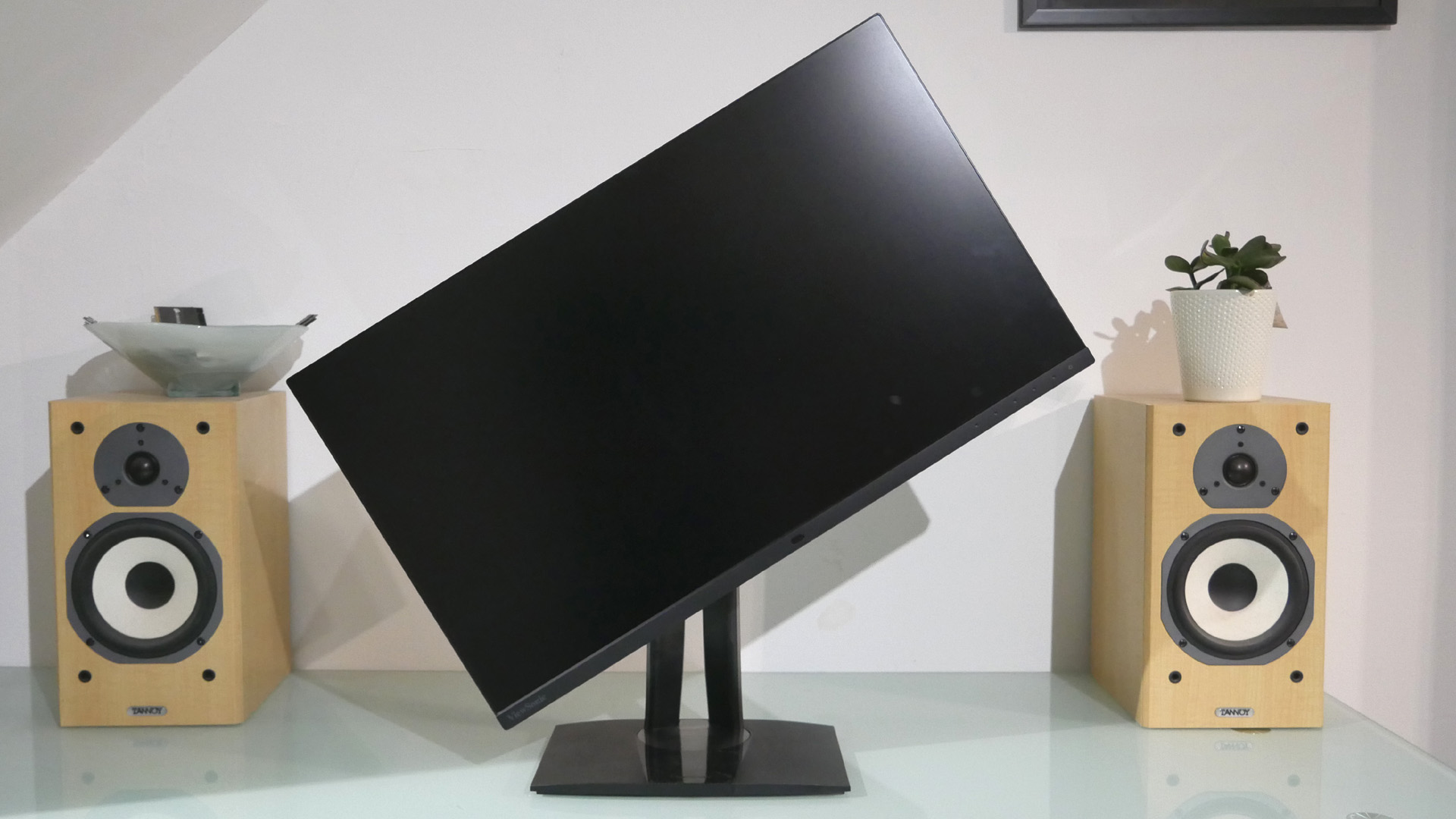
That aside, the Viewsonic VP2785-2 performs much as you would expect for this class if display. It’s punchy and vibrant with good contrast for an IPS panel and impeccable viewing angles save for a touch of unavoidable IPS glow. It’s also a reasonably quick panel in terms of both pixel response and latency. Viewsonic has included user-configurable settings for both pixel overdrive and input within the OSD menu.
Inevitably, the 1440p resolution can’t compete with 4K for visual detail and sharpness. Likewise, depending on your DPI scaling preferences, you may lose out on desktop real estate. But that’s a given going in.
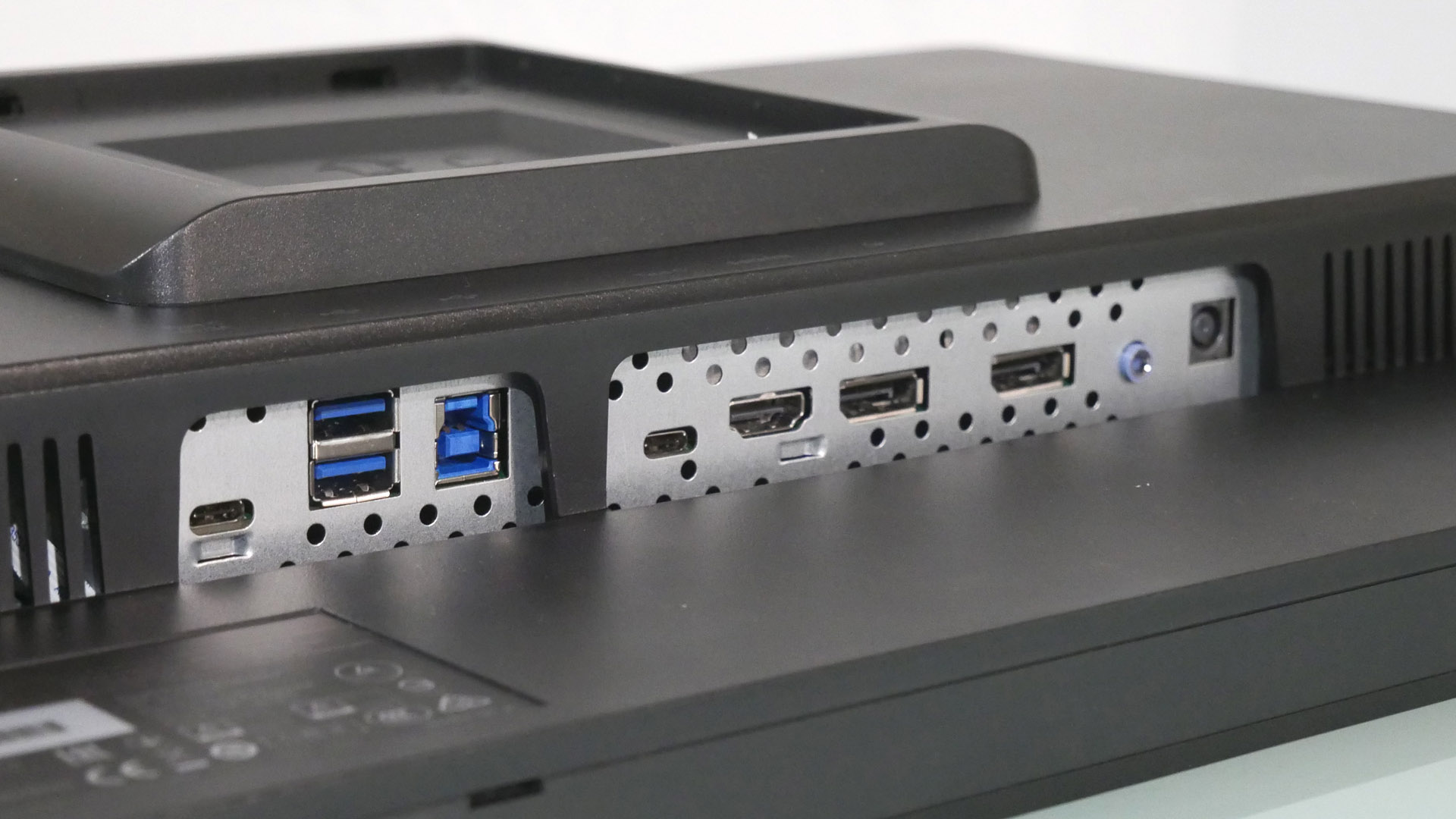
Verdict
With 4K approaching almost default status, a high quality productivity monitor with genuine content creation chops based around 1440p IPS panel almost feels like a novelty. However, if 4K isn’t required for your workflows, the option of a cheaper 1440p option is welcome.
Certainly, the Viewsonic VP2785-2 offers a strong feature set when it comes to color coverage and calibration support, including Fogra certification. The USB-C connectivity significantly adds to its overall ease of use, too. It’s a very appealing overall package.
That the VP2785-2’s default calibration leaves a little to be desired is disappointing. But it needn’t necessarily disqualify it from consideration if its features and qualities match neatly with your workflows and needs.
- We've featured the best business monitors.
Technology and cars. Increasingly the twain shall meet. Which is handy, because Jeremy (Twitter) is addicted to both. Long-time tech journalist, former editor of iCar magazine and incumbent car guru for T3 magazine, Jeremy reckons in-car technology is about to go thermonuclear. No, not exploding cars. That would be silly. And dangerous. But rather an explosive period of unprecedented innovation. Enjoy the ride.
